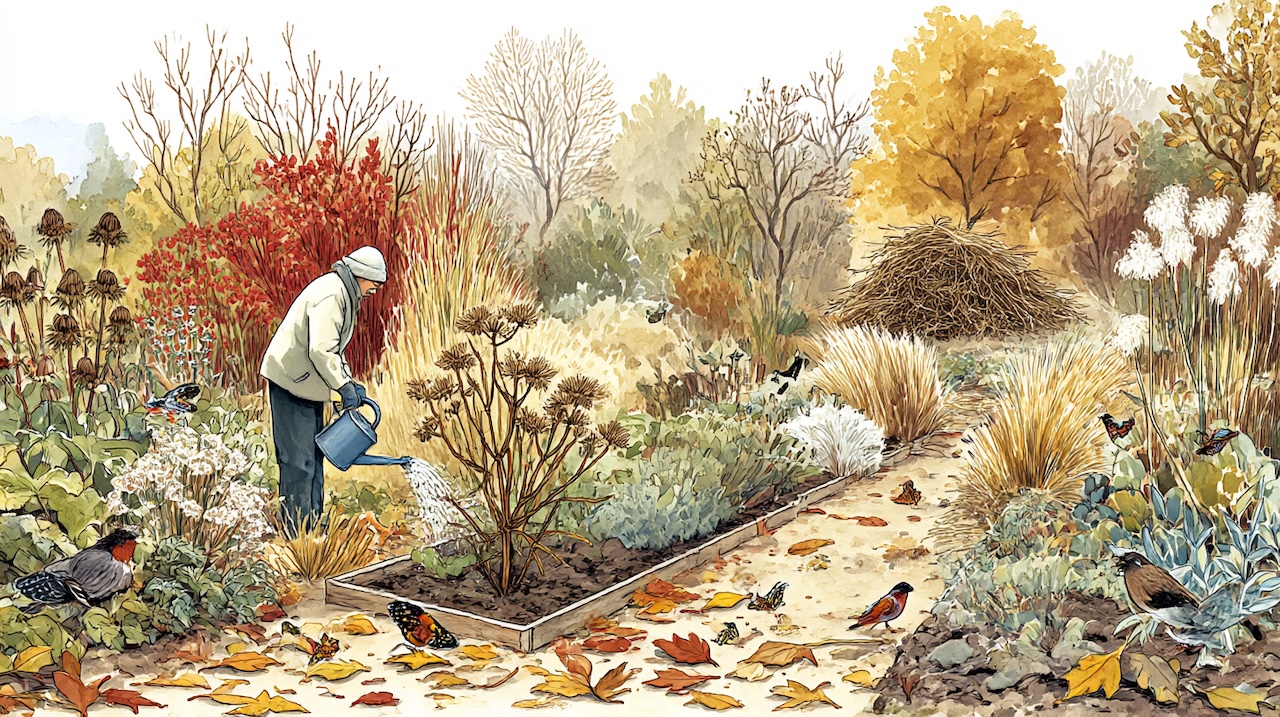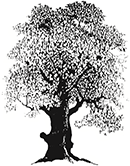MAINE-LY GARDENING: Looking back at the 2025 season

 by Jude Hsiang
by Jude Hsiang
At the end of the gardening season, we are looking back to the beginning. All the way back to January with seeds we saved in 2024, the arrival of seed catalogs, and our hopes, resolutions, and plans for the new season.
As the days lengthened, we started seeds and watched them germinate, selecting the most vigorous little plants to nurture. When we were confident the last frost had passed and the time had come to plant the tender seedlings in the garden, we began to “count our chickens,” or at least imagine how many jars of pickles and tomatoes that would take their place on the pantry shelves.
Then spring brought a repetition of rainy weekends. We counted them – or tried not to! – in frustration. Sowing some crops was delayed. Others were drowning and had to be replaced in hopes there would still be enough time for them to mature. Suddenly, the cycle ended. We began to hear the word drought. We had spotty rainfall over the summer. There were even occasional downpours of three inches in some places, while the gardens of nearby friends only saw a half inch. It was so frustrating to see rain clouds on the horizon only to watch them pass by.
It’s been reported that the drought currently affecting central Maine, and beyond, is the worst in 20 years. The likelihood of enough rain to make up for the loss in the near future doesn’t look good. Some folk’s wells are dry, and others fear it could happen to them. We hope we’ll get enough snow over the winter to replace the groundwater we are losing.
In the meanwhile, gardeners have been using what water they can to keep important plants alive. Fall planting plans have been abandoned.
Fall is usually the best time for starting or repairing lawns. It’s also usually the best time to plant trees and shrubs. Although we can get early frosts that damage some tender growth in September, the killing frosts are more likely to be seen in October. Some of us have had severe frosts depending on the microclimates of our locations, others are still harvesting vegetables and seeing the occasional rose blooming. While colder weather arrives, the soil cools more slowly and steadily, allowing the roots of woody plants to continue taking up water and nutrients until the ground freezes.
This fall will be a time to set aside some plans until next year as we hope for “normal” weather. Perhaps we’ll be thinking about reducing the size of the thirsty lawn and increasing the number of more drought-tolerant plants. They’ll be happy in a wetter year and manage just fine when the next dry year comes. We gardeners are naturally optimistic, but we can also make small changes to a better future.
© Judith Chute Hsiang
Jude Hsiang is a retired Extension Master Gardener instructor and member of the China Community Garden.
Responsible journalism is hard work!
It is also expensive!
If you enjoy reading The Town Line and the good news we bring you each week, would you consider a donation to help us continue the work we’re doing?
The Town Line is a 501(c)(3) nonprofit private foundation, and all donations are tax deductible under the Internal Revenue Service code.
To help, please visit our online donation page or mail a check payable to The Town Line, PO Box 89, South China, ME 04358. Your contribution is appreciated!


Leave a Reply
Want to join the discussion?Feel free to contribute!